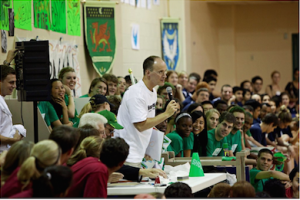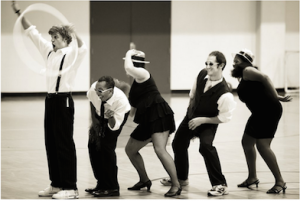As we continue to develop innovations in mobile health technology, one of the first questions that needs to be asked is “Who’s paying for this?” Effective mHealth campaigns should be tailored to their target audience, which requires preliminary research about the platform and its potential, conducting focus groups, and multiple rounds of pilot testing.This costs money, and most industries want to see profits in a timely manner. In answer to the growing interest in mobile health, the National Institutes of Health (NIH) has developed two grants to fund mobile health aspirations. Specifically, these grants are aimed at “utilizing mobile health tools aimed at the improvement of effective patient-provider communication, adherence to treatment and self-management of chronic diseases in underserved populations.”
The article I read, which outlined the NIH’s plans entitled “NIH grants to fuel adherence, patient-provider communication” initially caught my attention due to its direct alignment with the interests of my MMAL group: patient adherence and patient-doctor communication. In order for patients to adhere to their treatment plans, it is important for them to feel engaged in their health. The NIH notes the potential of mobile health to “educate patients about the importance of sticking with treatment regimens and changing behaviors,” a promising avenue to improving adherence.
These grants simultaneously address the need for increasing mobile health use and the importance of patient-doctor communication to foster patient adherence and better health outcomes. However, what makes these grants stand out to me as relevant is their direct address of “underserved populations.” It is all too easy to overlook the destitute when visualizing shiny new mobile health technology innovations. However, these populations suffer the worst health disparities, especially for chronic health conditions and could stand to benefit (possibly the most) from mobile health innovations. In its quest to serve all populations, the NIH also addresses one way in which they plan to avoid using mHealth to marginalize other populations. Specifically, they hope “to transmit patient data digitally from remote areas to specialists in urban areas,” taking advantage of the growing wireless infrastructure available to the population.
Finally, the projects funded by these grants should be designed to last two years, with costs not exceeding $275,000.
It is my hope that medical professionals will take this opportunity to address health disparities in their communities in a creative and innovative way. mHealth holds a growing potential to improve health conditions among those populations most strife with health disparities. Increasing patient adherence by using technology to foster patient-doctor communication will certainly prove effective in the very near future.







